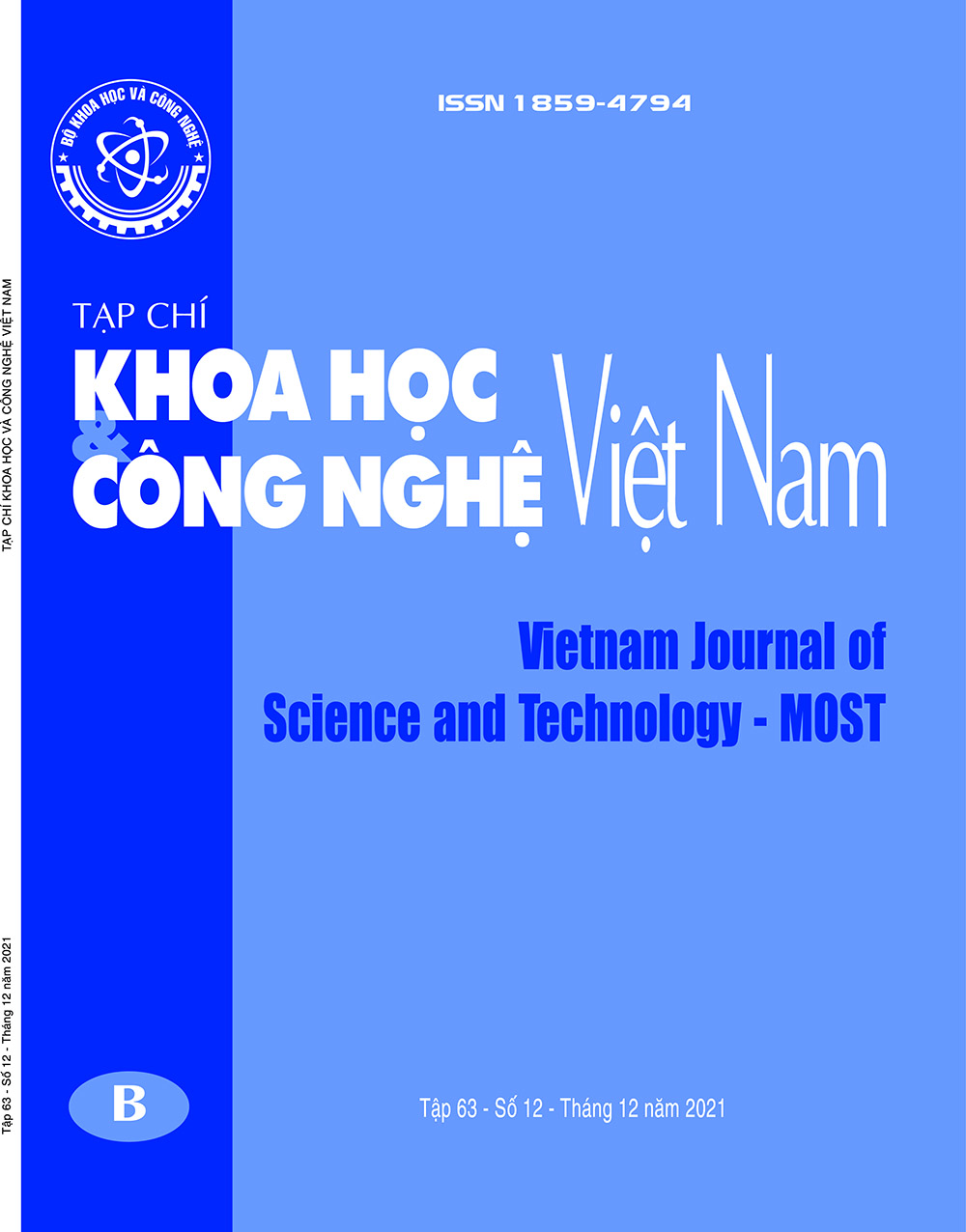Allelopathy and allelochemical quantitative analysis in Pinto peanut (Arachis pintoi)
Abstract
Pinto peanut (Arachis pintoi) considered as a perennial legume animal fed plant with good soil fertility improvement was uesed for its allelopathy that had been reported on the germination of Ageratum conyzoides L, Comnyza canadensis L. Cronq., Bidens pilosa L., Solanum lycopersicum and Capsicum annum. through the solutions extracted from different parts of pinto peanut on mustard greens (Brassica juncea), barnyardgrass (Echinochloa crus-galli) and junglerice (Echinochloa colonum). Consideration of the growth of hypocotyls and rootlets at 48 hours after incubation with pinto peanut extracts, results showed that 1.0 g/ml of the methanolic pinto peanut stem extract greatly inhibited 100% mustard greens growth, 77.7% and 93.5% the hypocotyls and rootlets growth of barnyardgrass, 57.2% and 92.7% the hypocotyls and rootlets growth of junglerice, respectively. The allelopathic activity after liquid-liquid extraction of the ethyl acetate phase greater than the aqueous phase. Allelopathic extract loading from C18 chromatographic column was purified by HPLC to obtain 6 phenolic compounds with the contents in 1 g fresh pinto peanut weight were 0.214 µg (cinamic acid), 0.8344 µg (caffeic acid), 7.7676 µg (coumaric acid), 2.2354 µg (ferullic acid), 0.045 µg (2-4 dimehydroxy benzoic) and 32.1162 µg (salicylic acid). These results should be accordingly considered in the production of biological herbicides.

